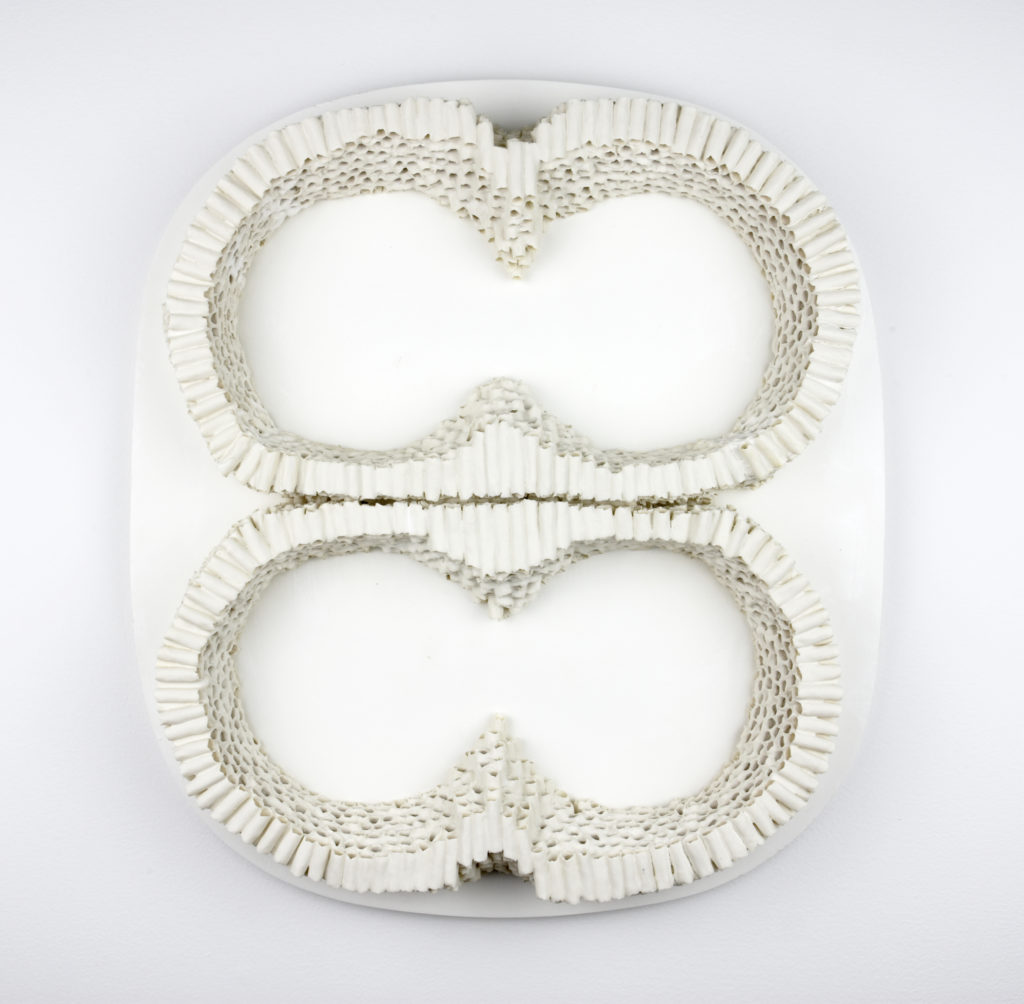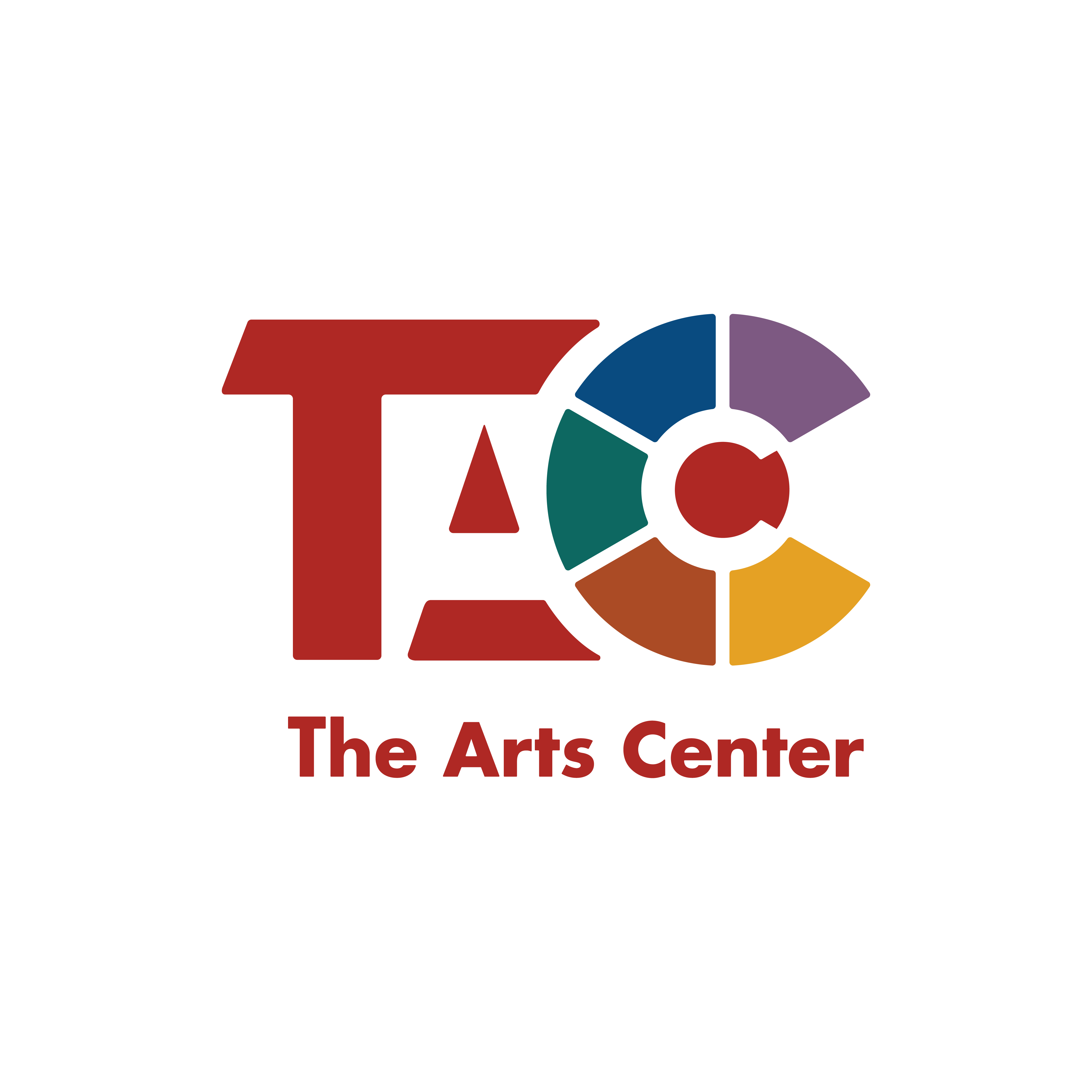
Natalie’s Blog
Microbiomes: TO SEE THE UNSEEN
Made of Clay | Spotlight on Artist Amanda Salov
Science and art are essentially the same. At least that’s how Amanda Salov, one of the invited artists to the Microbiomes Show, understands this relationship.

Salov is a resident artist for Oregon State University’s Department of Microbiology and The Corvallis Arts Center. She works with clay to make small objects and abstract installations. Her current work is primarily made of porcelain, and she is known to coat her work in materials like wax and sugar.
Through her artwork, Salov explores how “many parts make up the whole.” Married to a graduate student in the Department of Microbiology, she says her work is heavily influenced by her husband’s research. In addition, Salov and her husband’s goals and what they do on a daily basis are actually quite similar.
“The thing that guides myself and my husband is our curiosity of the world, our imagination, exploration and our passion for sharing it,” says Salov.
Salov believes that we are all directed certain ways during our childhood, pushed toward math, science, or art, when people should not be pigeonholed so early. Interestingly, Salov grew up never wanting to be an “artist” and did not discover this passion until college. Her journey began in Cambridge, Wisconsin, a small town of 963, where she grew up dreaming to be a potter.
“I am made of clay. My hometown is a clay town, so I knew from a very young age that I wanted to work with clay,” says Salov.
Growing up, claywork meant making pots. The main industry in Salov’s hometown were clay factories that produced crockery. Hundreds of people who worked in clay lived in this town to work in the factories, many also running their own independent potteries.
This environment nurtured Salov’s love for pottery from a young age. She had little interest in art, however. She recalls getting a D in her high school drawing class, because she neglected drawing for the ceramics studio. All her time and energy were devoted to clay.
After graduating high school, Salov reluctantly went to college by her mother’s request.
“I became an art major which was really daunting and weird for me, and I actually loved it and loved college,” says Salov.
Salov’s work in college focused on making pots, on objects that have a utilitarian purpose. However, the pottery she made contained messages beyond utility, challenging people to be present in the moment and aware of what holds the things they consume.
It was not until graduate school, however, that Salov moved away from pots. She began experimenting in sculpture and smaller objects. This change was a struggle for Salov.
“I didn’t really understand sculpture. I didn’t understand about making things that you didn’t use. I had to actually redefine what was useful and functional. What I have come to understand is that my installations and objects are just as useful as a cup, because they communicate ideas. A painting can be just as useful as a plate and maybe sometimes more useful,” explains Salov.
Now Salov says that her work is much the same as her graduate school work, though her framework has changed. After moving to Oregon, her sense of the natural evolved along with her work. Like the natural world existed outside, Salov saw her objects as alien, outside of any specific environment or context. They merely existed. However, after moving to Oregon, this sense of separation changed.
“Since living in Oregon, I feel that the natural world, the forest, the ocean is inside me. And the mist comes through my pores. I am part of the natural world. It is not outside of me. It’s inside of me,” explains Salov.
Now her objects and installations affect the viewer’s personal space and sense of balance. Like nature is pervasive, so is her artwork.
To learn more about Salov and her work visit her website, amandasalov.com. And don’t forget to come to the Microbiome Show, starting on April 13, to experience her work firsthand!
